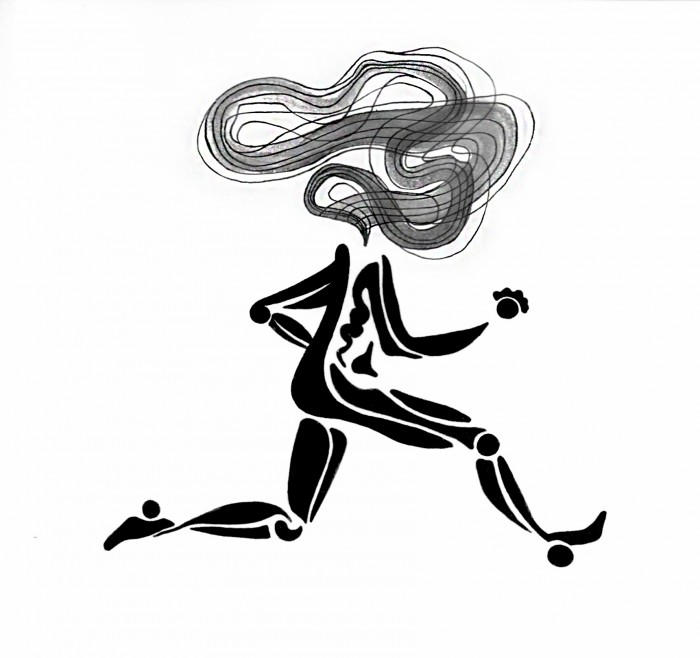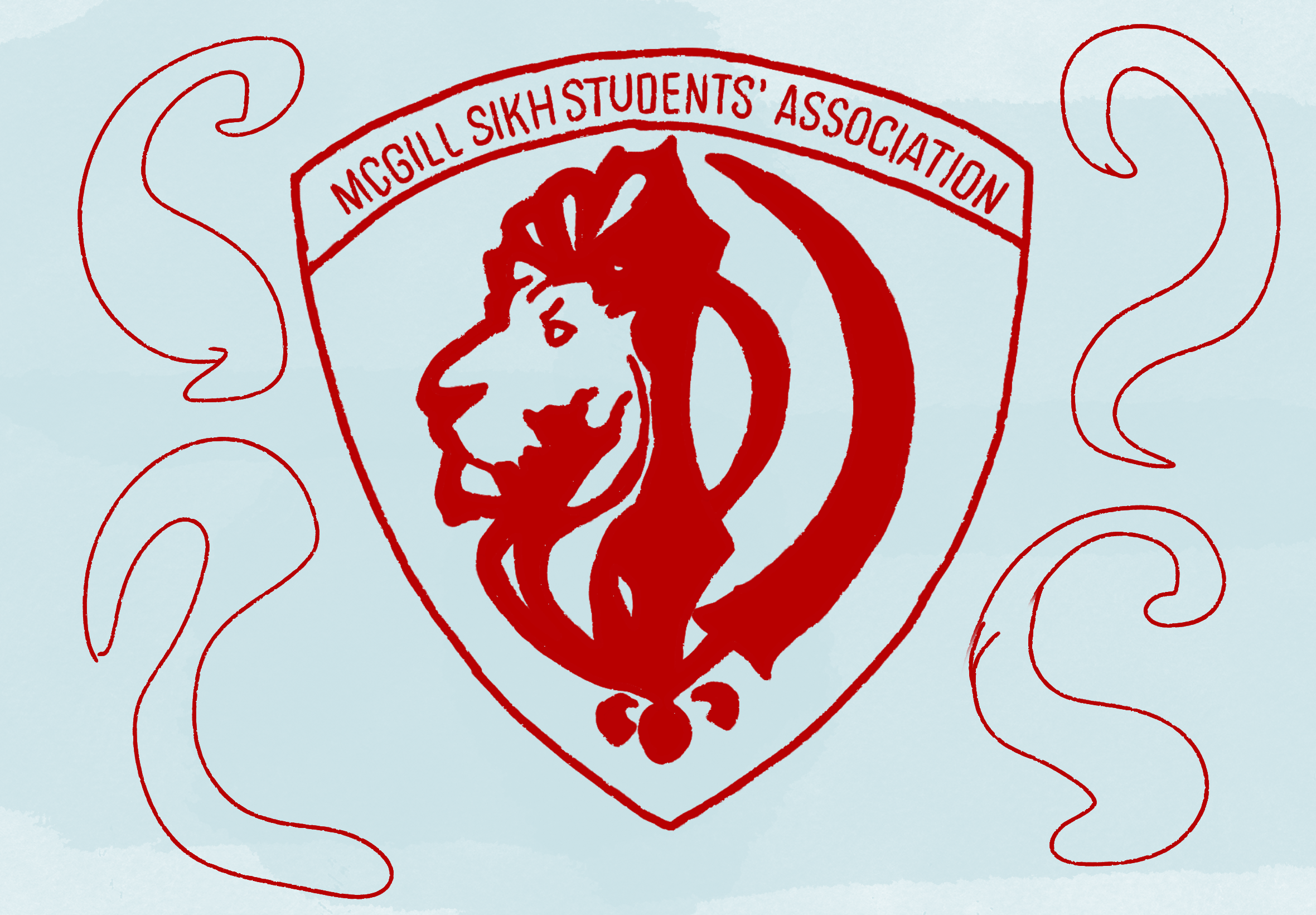I have never been an athlete. As a child, I was too distracted to play competitively on sports teams, and was often relegated to the sidelines of my kiddie soccer games where I happily zoned out and picked flowers. I have terrible hand-eye coordination, and in middle and high school I only passively engaged in the sports we were required to play in gym class. The summer before entering university, however, fearing gaining the imminent ‘freshman fifteen,’ I decided to try getting in the habit of running. I downloaded a Couch to 5K app on my iPhone, and began doing pre-recorded interval runs that alternated between short intervals of walking and running. Over time, the length of the walking intervals decreased while the running intervals increased, until I was able to run several miles without stopping.
After entering university, finding time to run grew increasingly difficult. Fast forward a year and a half to the end of last semester, and I had fallen off the running wagon. Several peaks of anxiety toward the end of Fall semester led me to the conclusion that I needed to prioritize my mental health, and one way to do so was to take up running again. In an effort to prove to myself that I could, I made my goal to run the Banque Scotia half marathon this April.
Using a training plan I found online, I started running at home in Maryland over winter break, and was able to continue running outside once I returned to school, thanks to this year’s eerily warm weather.
My training plan consists of three shorter runs—between three and five miles each—and one long run per week. Each week, the one long run increases by one mile, so I am regularly scheduled to beat my own distance record and constantly expand my running comfort zone. My best run thus far in my training was a six-mile run—the first time I’d beaten my own record in months. I distinctly remember stalling before leaving the house on a biting January evening, complaining to my roommate about how difficult the run would be. As I began, however, I found it easier than I’d anticipated, and once I reached the five mile mark I felt a rush of endorphins at having run farther than I’d ever been able to. I pushed on to mile six, shocked at how amazing it felt to test my body’s limits and succeed in that moment.
At that time, six miles was a long run. Today, as I prepare for this week’s 11 mile run, my definition of ‘long’ has changed. As I’ve progressed, running has not necessarily become easier, but I am learning how to cope with common struggles I encounter during a run. I find that getting out the door is often the hardest part, so I frequently listen to motivational music or read Instagram or blog posts from some of my favourite runners to push myself to get going. Because long runs can often feel daunting, I try to think about them in terms of smaller increments; I will approach a six mile run as running one mile six times in a row, for example. The app Runkeeper is especially helpful for this; it is a time and mile-tracking tool with a built-in GPS and an audio voice that chimes your distance and time every five minutes. Additionally, the classic running preparation methods—carb-loading, stretching, and doing warm-up and cool-down walks—have been extremely helpful to increasing my endurance during runs.
Having given up on the idea of being athletically-inclined from an early age, the idea of running a half-marathon does not yet feel real. It is my lack of experience that keeps me going. I run to prove to myself that I can, because for most of my life I thought otherwise. If there’s anything I’ve learned from my training, it is that it is never too late to become a runner. If the girl who was often put on the sidelines of soccer games can run a half marathon as a grown-up, anyone can.









